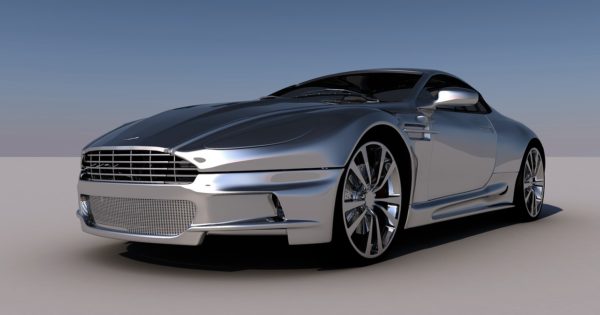
3D printing is revolutionizing the rebuilding process
Rebuilding any car is a task, but a classic car is a particularly hard challenge for many. Apart from the time and the preparation (because let us face it most of the classic cars have chassis which are rusted, wiring which needs to be pulled, and seating which is unusable), is the issue of finding the parts to use to rebuild the classic. However, this issue has become a bit less strenuous as the 3D printer has become more available. Here are a few ways in which 3D can help you build your classic car.
Home 3D printer parts
The desktop 3D printer is perhaps the cheapest way in which a person can get the small plastic and polymer pieces for their classic car. For example, if you have the need for a topper for a gear shift, you could find one on CGTrader in a .stl format and then use the CAD based model to print out the topper on your desktop 3D printer. Of course, you would need to paint the part with the appropriate automotive paint, but this is not a bad thing either, as printing allows for exact trim and interior matching.
When using a desktop 3D printer to restore your classic car, take note that the 3D printing process is additive and that you are working with a heated polymer. Therefore, it is not advised that you use such for the mechanical parts of the vehicle, but rather for the aesthetic components of your classic car. Additionally, as the material heats when it is cast, ample time should be given to cooling before painting or pairing the part with your automobile.
Printing Metal Parts
While printing the interior design elements for the dash and such can be done from a desktop printer, for parts which will be used on the engine and for the functional mechanics of the classic car, you will need to find a metal 3D printer. Some of the top car manufacturers have 3D metal printers and you may be able to have them print an .stl file of the 3D Model if they no longer have the part in stock. The reason why you would want to choose a 3D print over an older part off of a bid site or such is for several reasons. First, the part that is printed using a metal 3D printer is free from rust and other such corrosive materials which could negatively effect the rest of the motor or (at the least) require many hours of preparation before it can be mounted. Secondly, printing through a manufacturer helps to build a relationship with the company so that when there is that hard to find part or when there is a need to have something specialty made, you are more apt to receive it. Finally, a metal 3D printing of a part for your classic car rebuild ensures that you have the right size, down to 1/200th of an inch in some cases.
Time
Perhaps one of the largest advantages to the 3D printer for your classic car rebuild is the swiftness in which a part can be created. When you have to search for a part, it can take months or even years to find a specific part for your year, model, and color. Yet, with the 3D printer, it is only a matter of finding the right model, ensuring that the size is correct, and then acquiring the print. Generally, printing can be conducted in a 24 hour span of time. For those which wish to drive the vehicle instead of seeing it sit in a garage for years as it slowly develops, this is ideal.
Non-printable items
While the 3D printer has made advancements, glass and electrical components are not available. You will need to find a distributor of such components for your classic car rebuild. That being stated, certain components which are coupled with the glass and the wiring, for example the plastic plug and adapter fittings for a radio or the gasket backing for a light fixture, may be printed.
Seeing the finished product
If you wish to see your classic car as it will look before you start the work, or if you wish to know the approximated cost of the rebuild, you can get a 3D model of your current car and then an estimation on the 3D printed parts. Granted, this does not account for the time and for the non-printable pieces, but it is a starting point.
As technology and trends advance, why not utilize what is available so that you can get your classic car up and running quicker?
 Gearfuse Technology, Science, Culture & More
Gearfuse Technology, Science, Culture & More


